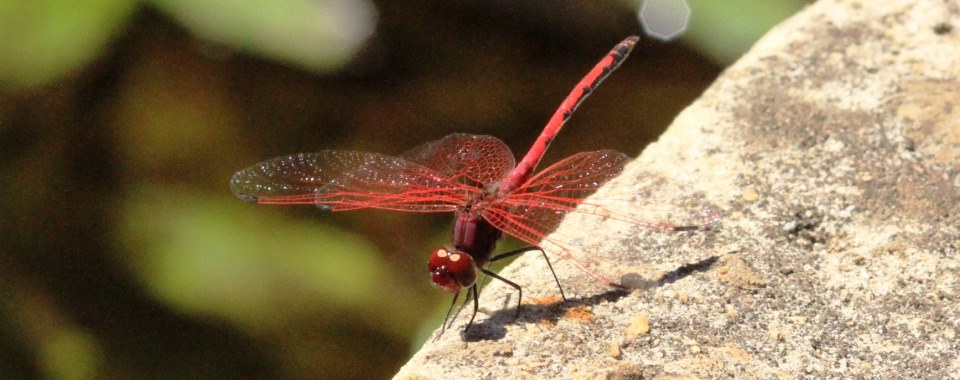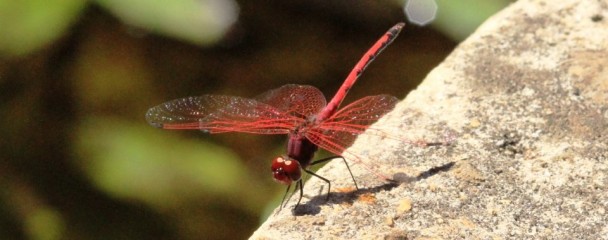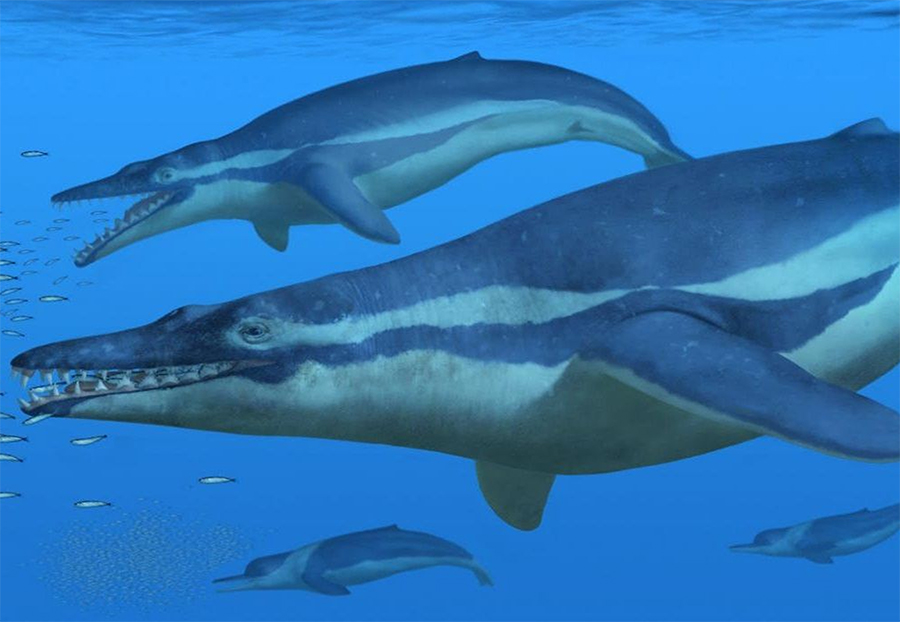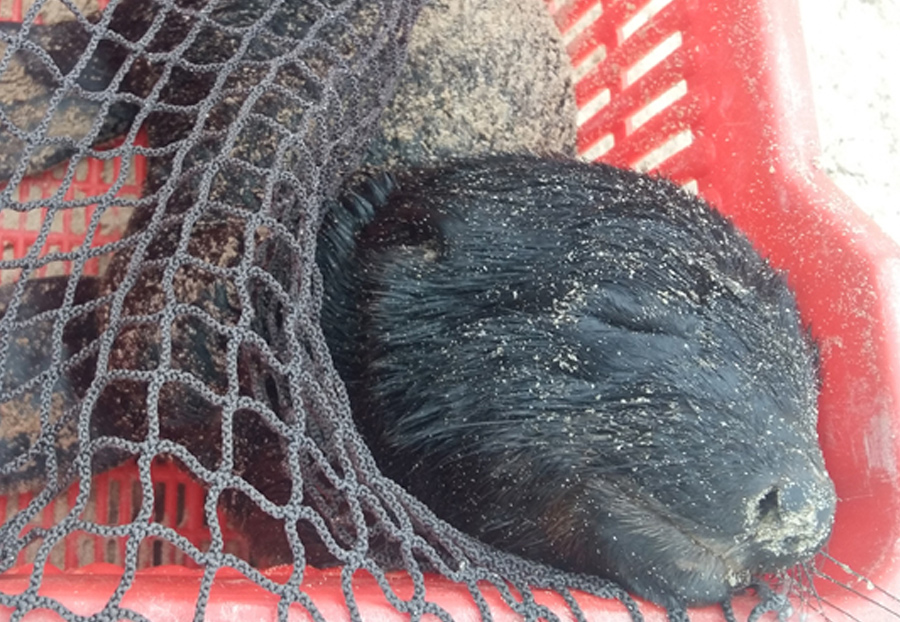What is animal migration?
“What is animal migration?” Animal migration is when individuals (usually on a seasonal basis) travel long-distances. Migration is found in all major animals groups e.g. birds, mammals, fish, reptiles, insects and crustaceans. To be called a true migration the movement of the animals should happen annual or seasonal e.g. birds migrating south during winter or Dragonflies that follow the monsoon rains in Asia. Some migration happens on a daily basis especially in marine animals that migrate Diel vertical e.g. jellyfish. “Why do animals migrate?” There are many reasons and triggers that make animals undertake long migrations e.g. climate, food availability, season of the year and mating.
Animal migration is variable depending on what species is migrating. Therefore there is no simple explanation for migration. The most commonly used definition is: “Migratory behavior is persistent and straightened out movement effected by the animal’s own locomotory exertions or by its active embarkation upon a vehicle. It depends on some temporary inhibition of station keeping responses but promotes their eventual disinhibition and recurrence.”
As stated before, most animal groups have migrating animals. Scientists always have conflict about what species have the longest migration. This includes Humpback whales, Artic Terns, Sea turtles, Dragon flies and Elephant seals. Approximately 1800 of the 10,000 bird species undertake long distance migrations each year in response to season. Most of these migrations are North-South, because the birds avoid the cold northern winters. The Artic Tern has the longest bird migration from its Arctic breeding ground to Antarctic giving them 2 summers. This migration is at least 70,000 km and with a life span of over 30 years they will migrate over 2.4 million kilometer (equal to three trips to the moon and back) throughout their life. After attaching a tracer to the terns it shows that they don’t fly straight from the Arctic to the Antarctic. They will zig-zag across the ocean, stop on the way, and detour thousands of kilometers. When looking at the migration on a map it looks like the birds do not know what they are doing, but when adding wind patterns the birds are following huge spirals and avoid flying into the wind.
The Dragonfly species Libellula and Sympetrum are known for mass migration while Pantala Flavescens (Wandering Glider Dragonfly) make the longest ocean crossing of any insect (between India and Africa). In 2009 scientists discovered the Dragonfly’s migration were 14,000-18,000km. Their migration route is from India to the Maldives, Seychelles, Mozambique, Uganda and back again. This is the longest insect migration done by 4 generations of Dragonflies making the migration into a race with stages. The Dragonflies appears to follow the monsoon season in India to the Rainy season in eastern and southern Africa.
The way that scientists knows how, when and where animals migrate is through tagging.





